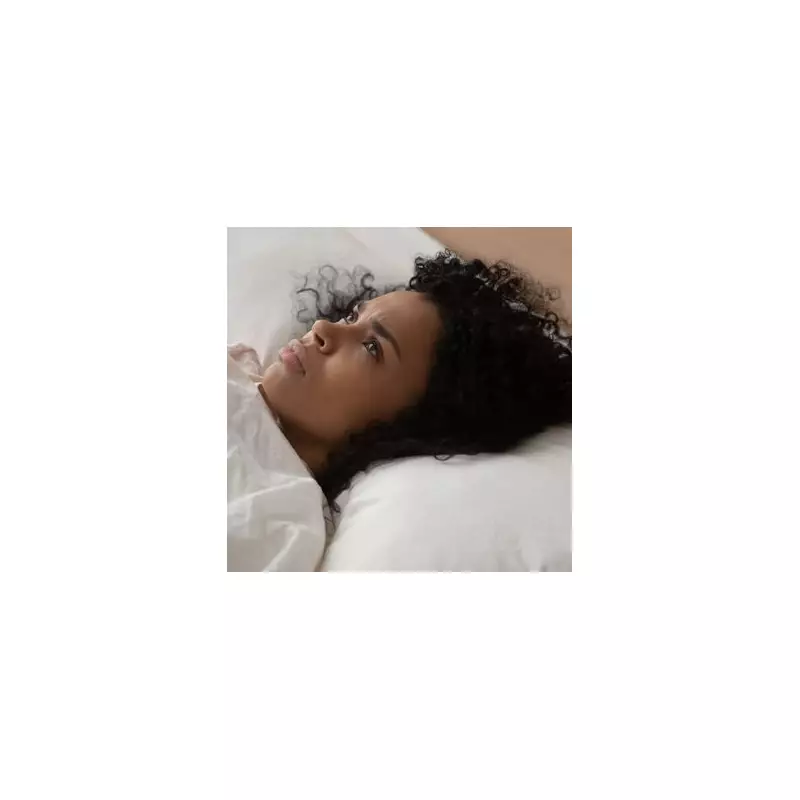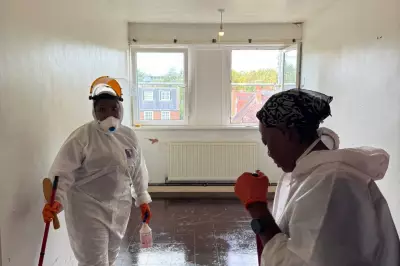
In the ever-evolving world of social media sleep hacks, a bizarre new trend has emerged from TikTok that's leaving sleep experts both intrigued and concerned. Dubbed the 'ice helmet' method, this unconventional approach involves wrapping ice packs around one's head before bedtime in pursuit of the perfect night's rest.
The Science Behind the Chill
Sleep specialist James Wilson, known as The Sleep Geek, explains there might be some scientific merit to this frosty phenomenon. "Cooling down our core temperature is a key part of falling asleep," Wilson reveals. "The body naturally drops its temperature by about one degree when we sleep, so methods that aid this process can be beneficial."
However, Wilson issues a crucial warning about the execution: "While the principle has merit, placing ice directly on the skin or wearing something cold for extended periods could be dangerous. The goal should be cooling, not freezing."
Expert Alternatives to Extreme Measures
Instead of risking frostbite for forty winks, sleep professionals recommend safer cooling methods:
- Taking a warm bath 1-2 hours before bed to initiate the body's natural cooling process
- Keeping bedroom temperatures between 16-18°C
- Using breathable, natural fibre bedding
- Placing a cool cloth on the forehead or back of the neck
The Verdict on Viral Sleep Trends
While the ice helmet trend highlights our growing desperation for quality sleep, experts caution against jumping on every viral bandwagon. "What works for one person might not work for another," Wilson emphasises. "The key is understanding your body's signals and creating a consistent wind-down routine."
As with most TikTok trends, this frozen headgear solution might be too extreme for regular use, but it does underscore an important sleep principle: temperature regulation matters. Perhaps the real takeaway is that sometimes, the simplest solutions—like turning down the thermostat—are the most effective.





